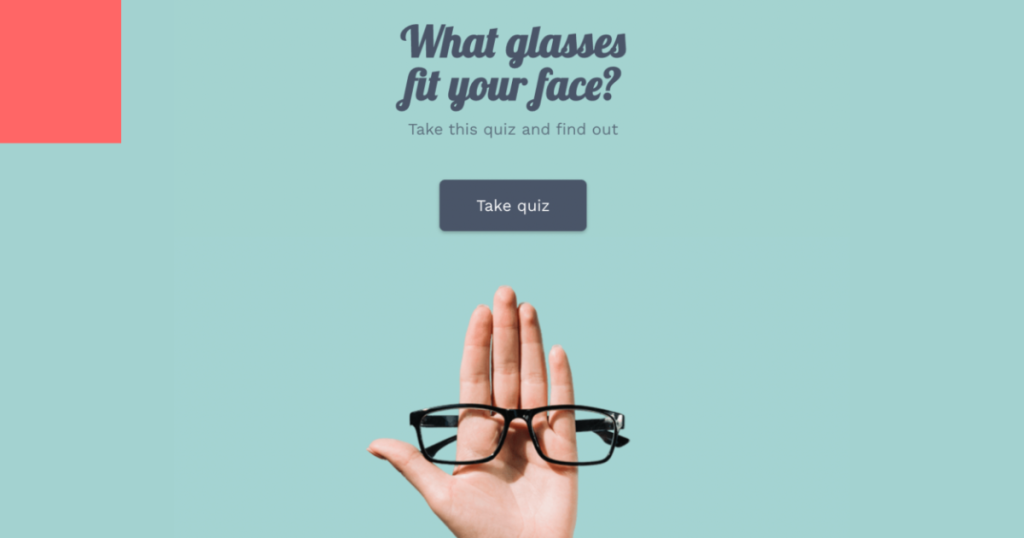Customers love the ability to choose between products. Every customer has a unique demand, and with options, they get to find the exact product they want. When the customer gets a chance to customize their product, they become even more interested in your business. This is where product configurators come into the picture.
Product configurators allow the customization of products to meet the requirements of each customer. With Product Configurators, the seller can showcase their product's features, and buyers can understand the different components of a product, their cost, and customizable options.
This article will talk in detail about what product configurators are, their benefits, and their features. Have a look!
What is a Product Configurator?
A product configurator can best be described as a tool that allows customers to create a product they desire without requiring any special knowledge. The color, shape, material, shape, characteristics, and functions can be custom designed by the customer through a product configurator. The needs of the customer are met precisely because of it. The product can be viewed from all sides and experienced digitally by the customer over the internet.
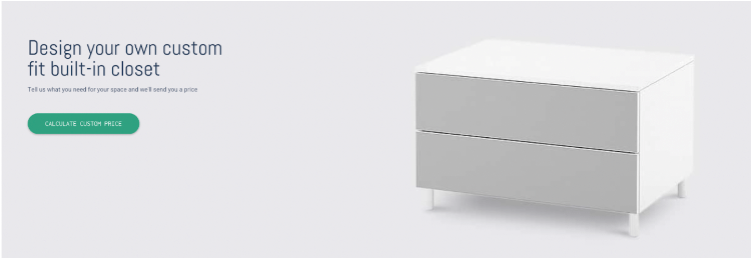
The product configuration process is interactive; the user chooses a feature they want in the product. The configuration rule engine then validates and allows the user to move forward to the next choice. This process is very simple so that the user can easily customize the product independently. However, the construction and validation of the rules which drive the product configurator are much more complex.
Features of a Good Product Configurator
1. Transparency (Price & Process)
Through a product configurator, you can inform the customers about the price they can expect by the end of the product configuration process in a completely transparent manner. The product's price can be updated through the product configuration process to ensure the customers are in complete control of the product. The extra features and their costs should be indicated in the product configuration to keep the customer aware.
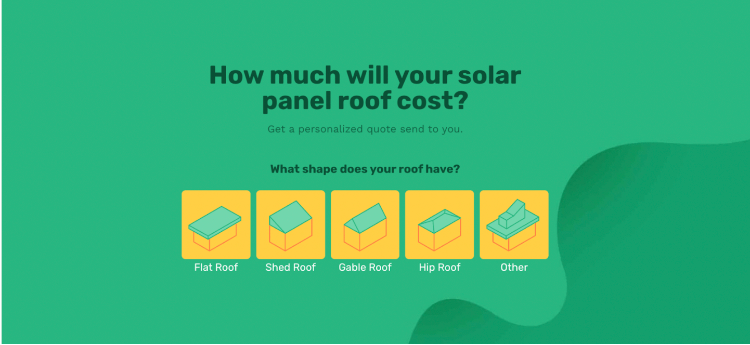
The steps of the product configuration process can be displayed for an even better customer experience. This feature will help the customer know their current position and stay on track, especially in the case of complex solutions like cars. With the transparency in the product configuration process, the customer can also navigate easily and clearly through all the stages.
2. 360-degree View
Another great feature of Product configurations is the ability to mimic an in-store experience with a 360° view. In this way, the customer will be sure of the product they are buying and what it looks like, similar to going to a store. This omnichannel approach connects offline and online store experiences to provide the best customer experience.
3. Educate & Entertain Customers
With the right product configurator, you can educate and entertain customers throughout their shopping experience. There will be a lot of options available for the user, and they might not know the details about each one; therefore, by providing the necessary information, you can help them make the purchase. When all the necessary information is displayed inside the product configurator itself, the customer would not need to search for information and details elsewhere.
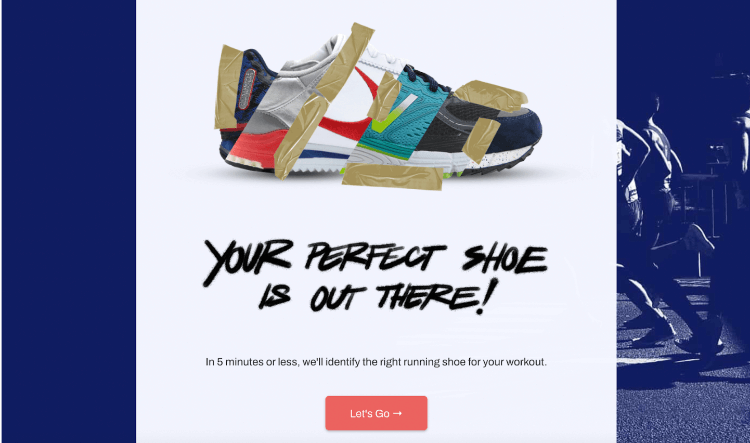
4. Let Customers Save Their Product Configuration & Start Where They Left off
Product configurators have a feature that allows them to save and jump back to where they left off. This creates a better customer experience by saving the customers time and progress. It also helps in finalizing the sale through multiple interactions with the customer.
5. Enable Customers to Start Over
If the customer wants to start over while customizing their product, the product configurators can also have a resetting feature. This helps the customer make the right choice and helps the business because the customer stays on the platform for longer and explores more products because of the resetting option.
Benefits of a Product Configurator
A product configurator can do wonders for your business. Here are some of the advantages:
Less Effort
The sales team gets a major advantage with product configuration. A person inquiring about the product is easily identified because of the product configurator. The sales team can get back to them very easily when they ask for a price quote and convert them into leads. The customer also benefits from this as the quote is immediately answered. Product experts are also freed because of the self-service process, which they can use to focus on other essential tasks.
The Customers Get Exactly What They Want
With product configurators, the customer is given exactly what they want because they design their product. The customer can be sure about each feature like the material, size, color, and more. The manufacturing process is also made easy because you know the exact materials in your inventory.
Marketing Strategy
When customers create a product, they think of it as their product. They get invested creatively in the project, which means that they will share their creation with others and attract other potential customers to the fun experience.
Complex Products Can Be Handled Too
The product configurator can easily handle complex products with many options, features, and calculations. Through the process, the customer can piece the complex product themselves and learn about them. This means that even B2B products can be customized through product configurators.
Examples with Templates
1. What Shade of Red Lipstick Matches Your Skin Tone?
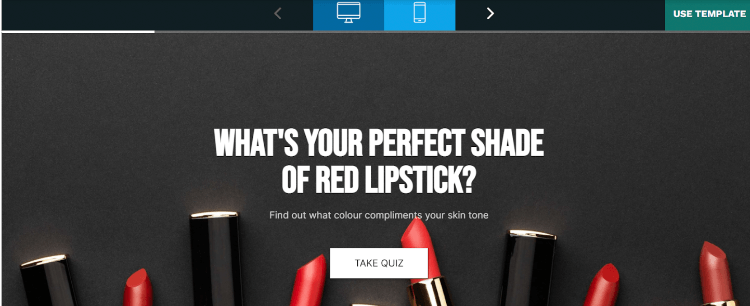
A product configuration that offers a personalized solution to the user problem will attract customers to the product. In this template, the customer has to provide information such as their skin tone and color of wrist veins to ensure that the product you buy is perfect for you.
2. Design Your Own Custom Fit Built-in Closet
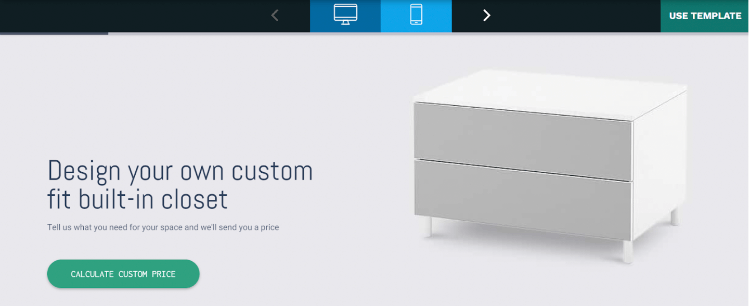
This template for a built-in-closet-designer is very simplistic and easy to operate. The features that the user can select for their built-in closet through the product configurator are the wood type, the finish of the door, and the size of the closet. Through a template like this, the user can create the ideal closet design for them.
3. Find the Perfect Mattress for Yourself
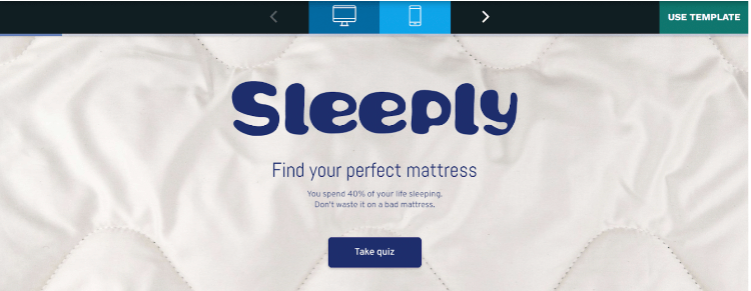
Through this template, the customer can self-serve to find the most optimized solution for themselves. Here, the product coordinator asks for relevant information like your sleep position, firmness, and mattress size and moves from one step to the next very seamlessly.
4. What Diet is the Best for You?
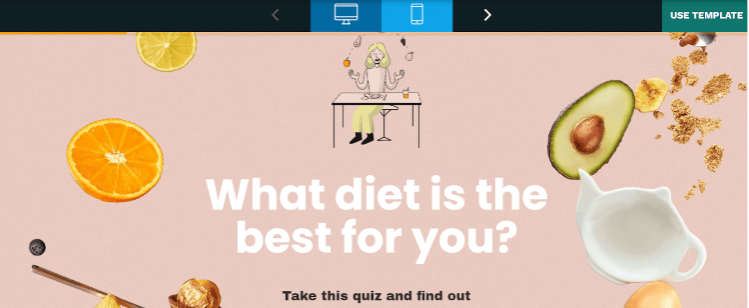
An informative template such as this filled with options is much better than several products of different configurations. Here, the product configuration can interact with the customer through the options and is used to develop a better relationship.
Steps to Make a Product Configurator
Creating a product configurator does not have to be difficult, and it is, in fact, far easier than you may think. You do not require any additional skills to make a product configurator either. Here's an easy step-by-step tutorial on building a product configurator.
1. Pick a Template
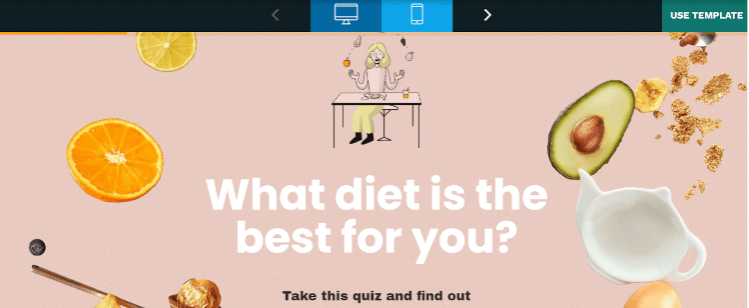
To start, you will need to pick a template from hundreds of free templates available online. The template should also be editable. And since involve.me is a simple tool to use, editable here means simple drag and drop edits that even a fresher would be able to do.
2. Edit the Template to Match Your Brand Design
You need to match the template with your brand image. If you've found one that already meets your needs, you're all good. If not, change the design so that it does. You can edit the fonts, background, and even colors.
3. Create the Result Pages First
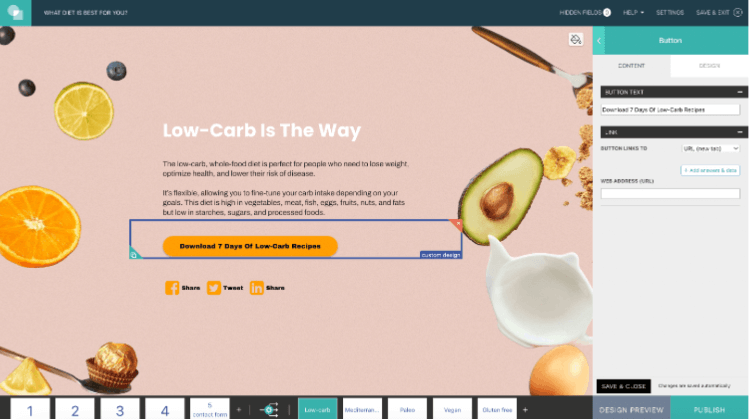
Once you are done with the design, start from the end and make the quiz result page. It may appear counterproductive, but it is the easiest approach. Creating the result pages first will help you approach the questions in a better frame of mind. Make the result pages on the design you'd already chosen. Just drag and drop your text or buttons. You can also link your products to sell them directly from this page.
Also, add an option for sharing the quiz. This is an often overlooked component of quizzes. Businesses look at quizzes as a tool for marketing. But to the people, quizzes are a form of entertainment. And people like to share such things. Providing an option to share the quiz will lead to better propagation and more customers.
4. Formulate the Questions
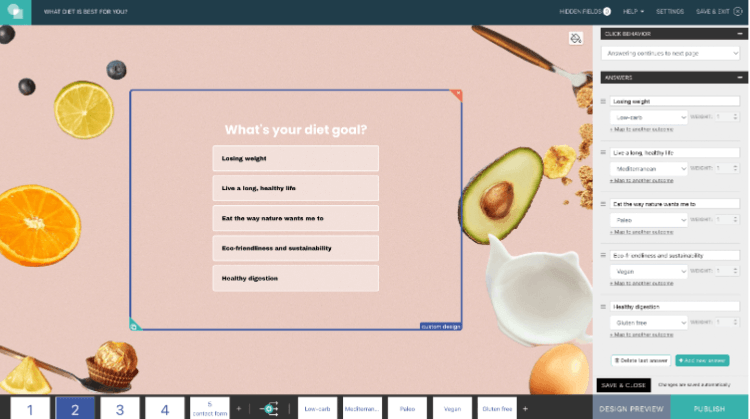
There are many ways of using questions in a quiz. You can go for the traditional MCQs approach where the user selects an option. Or you can ask questions using gifts or images. Just make sure that you do not provide too many choices for answers.
5. Connect the Questions to the Results
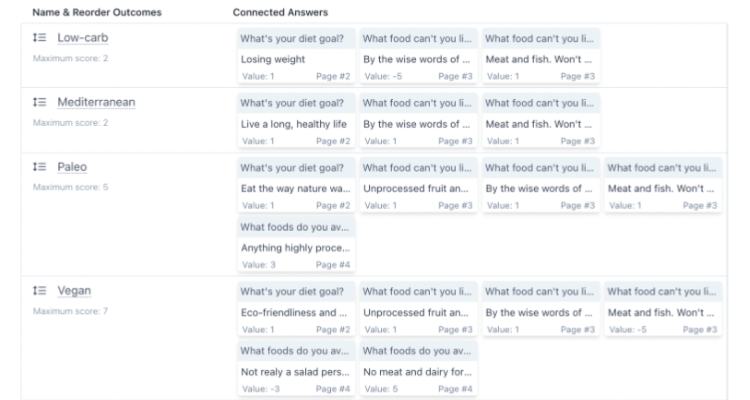
After you are done asking the questions, connect them with your results. Select your question and map it out to a certain outcome. This is why it is better to name the outcome pages. You can quickly find the outcome page that you need to connect to. If you want to be even more specific with your outcomes, you can add points to the answers. You can add positive or negative points for some answers and show the outcome.
6. Preview and Test
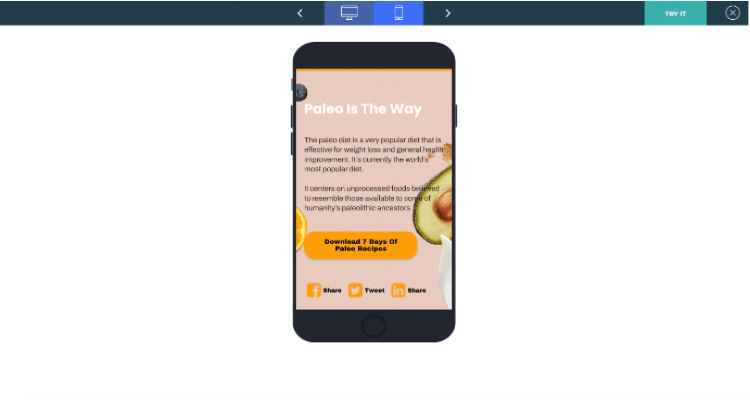
Now that you are done making your quiz, it's time to preview and test it out. Use the preview option to check it out on different devices. Make sure that your quiz is mobile-friendly and looks smooth on screen. If you are happy with it, go ahead and publish it.
7. Follow Up with Automated Emails
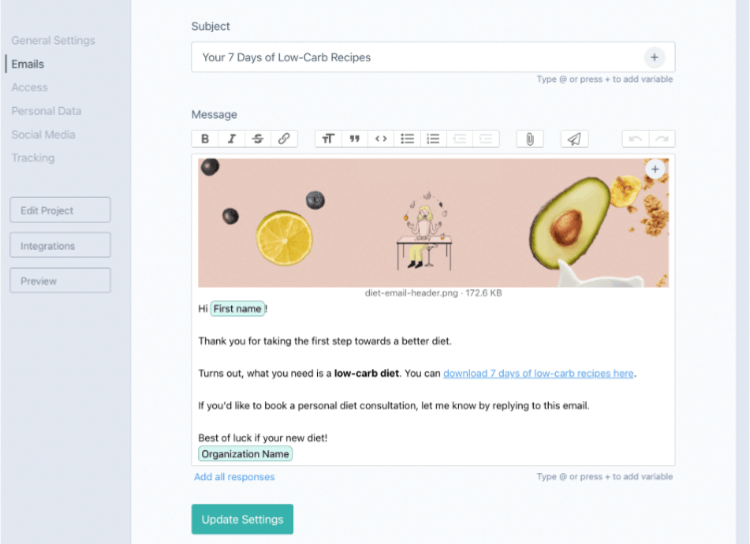
After you publish, you can now set up custom emails. It is great if you are selling your products from the quiz itself. You can now send payment confirmations or the quiz results, and you can choose to set up different automated emails for different results.
8. Connect with Google Analytics
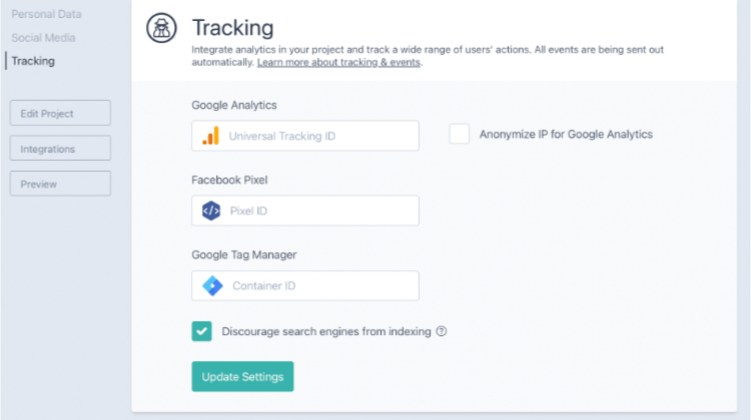
Finally, integrate your quiz with Google Analytics. By doing this, you will be able to send data in your CRM or emails. You can choose to do this even before you publish your quiz. Once you are done and your quiz is live, you will get a link, a QR code, and an embed code.
Final Say
If your brand is looking for a way to attract customers, you can do so with product configuration. It allows the customer to customize a product that they desire. The customization of complex products is available too. Your customer will be empowered with this innovation of customizable products, and your brand can get rid of some of the design responsibilities. The process also reduces engineering time and lead time for products, which is advantageous for both the business and the customer.

